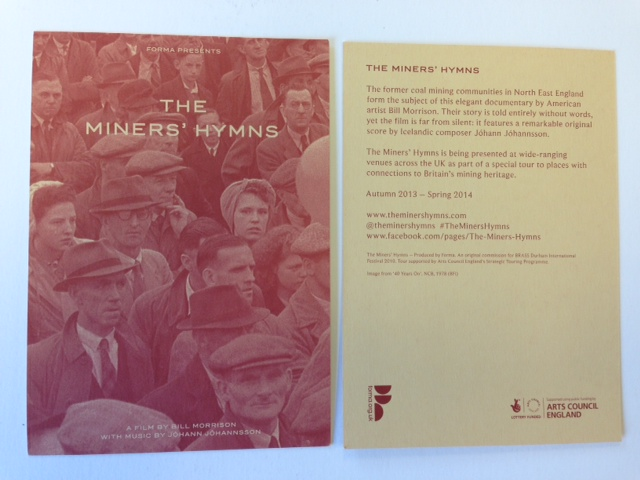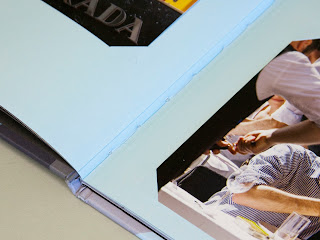Regular followers of this blog will know that my first post of every month is a "job from the past" so that I can show some of the really good work from years gone by...
Association Gallery Leaflets 1997-2000
 The Association of Fashion & Advertising Photographers (AFAP, although it later became AFAEP when editorial photographers were embraced) was originally founded in 1968, changing its name to The Association of Photographers in 1993.
The Association of Fashion & Advertising Photographers (AFAP, although it later became AFAEP when editorial photographers were embraced) was originally founded in 1968, changing its name to The Association of Photographers in 1993.
During the late 1990's the AOP had their gallery and exhibition space at 81 Leonard Street, EC2 and the gallery manager was Alex Steele-Mortimer. Being a self funded 'trade body', resources were extremely limited, although the subject, brief and raw material was fantastically creative. Alex commissioned Frost Design for the promotional leaflets for quite a long period. They stick in my mind as being incredibly simple, yet because of their powerful use of cropped, interesting images, single colour print and quality paper they had a consistency and quality that stands high today.
The finished size is 210x95mm (roughly a DL format) and is 12pp, folding out to a flat size of 210x570mm.
The finished size is 210x95mm (roughly a DL format) and is 12pp, folding out to a flat size of 210x570mm.
The format of this leaflet works particularly well as the text concertinas into the folded spine. This works particularly well for this type of leaflet as because it effectively creates a spine and the foredge of text - some leaflets fall open in all directions! This is neat and tight and as a result feels less like a leaflet and more like a piece of less throwaway literature.
Text on the inside reads at 90degrees to the outer. Some people may disagree but I find this a very easy to read and inviting publication.
Picture below shows the way the text folds into the spineThe papers used were a variety of the period, and depended on the use of the one colour that they were being printed (don't forget this was a time when one colour litho printing was substantially cheaper than CMYK!). Materials used were Matrisse 140gsm, Modigliani Neve 145gsm, Redeem 100% Recycled 130gsm etc....
The crops of the fantastic images were always good. Below is the cover of June/Sept 97 edition with photograph by Spencer Rowell:
Below is a selection of covers from my collection.
 |
| Click on image to enlarge |
Print was offset litho by The House Of Naylor, one of the last printers based in Clerkenwell, they are no longer in existence.
http://www.the-aop.org/
www.muesdesign.com
www.atelierdyakova.com
http://www.frostdesign.com.au/
Posted by Justin Hobson 04.02.2014









































